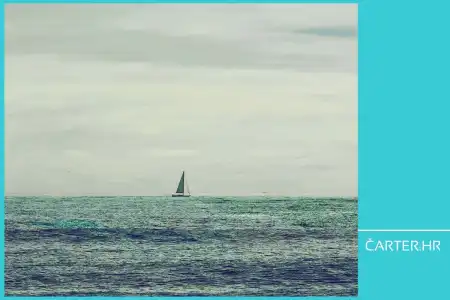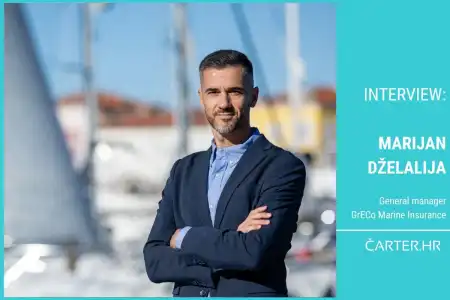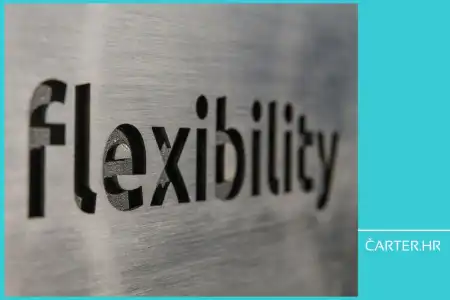
The season is coming to an end, but now the real work begins. In her new article for čarter.hr Selma Ćubara brings the topic of why the transitional period is crucial for analysis and planning, how to wisely use boat shows, what lessons we can learn from major platforms, and what every yacht charter company can immediately apply in digital marketing to make the next season more successful.
The season is not over yet, and a new one is already beginning
The last guests of this season are still on their routes, the boats are not yet moored in the bases, but it seems as if the industry has quieted down. While most operatives in yacht charter are waiting for a well-deserved break from the season, right now the most important part of the job begins: analysis and planning.
Instead of experiencing the period between seasons as a pause, use it for concrete insights: review web traffic, sources of inquiries, conversion rates, prices that were accepted and those that turned guests away. Look at how your campaigns performed, whether they were targeted or whether you were shooting “blindly.”
Data does not lie. According to Fortune Business Insights, the global yacht charter industry in 2025 will be worth almost 9 billion USD, with growth of over 8% annually. Europe, more precisely the Mediterranean as the center of yacht charter, holds more than 2 billion USD of the market and continues to grow steadily. That means one thing: the competition does not sleep. While you think you have time to “rest,” someone else is working on the strategy for the next season.
If you skip this phase and surrender to the philosophy of “everything will come by itself,” you are actually throwing away a series of opportunities. This period is not emptiness, but foundation, and all the decisions you make now directly shape your yacht charter season 2026.
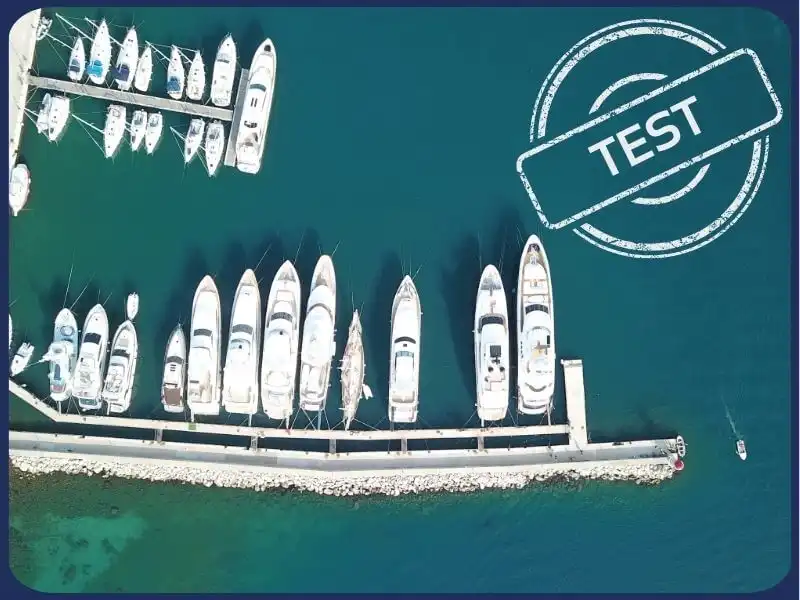
Boat shows: a test of the seriousness of your strategy
We all know the dates: Cannes, Biograd Boat Show, ICE in Amsterdam, Duesseldorf… But the question is do you know why you are going to that specific boat show? Boat shows are not just a walk among the stands and socializing over a glass of wine. This is the moment when it is decided who is a serious player in the B2B story.
If you are going “because everyone goes” or “maybe there will be some opportunity,” the result will be a few business cards in your pocket and maybe a good selfie. But if you have a plan that includes scheduled meetings, clear goals, and KPIs, then we are talking about real return on investment. Set measurable goals for yourself: for example, 20 new leads, 5 meetings that lead to cooperation, one pilot project with a partner. Without that, your appearance at the fair is just an expense.
Reminder: serious brokers and fleet owners expect you to have prepared answers, presentations, and concrete figures. Your website can be a bridge, but fairs are the stage where you show your value. If you are not ready, someone else will be.
Lessons from the big players
Let’s take for example large online platforms such as Click&Boat, which today attracts 1.47 million visits per month and holds 28% of the online yacht charter market. Their growth did not come by chance, they combined serious PR, appearances in media such as Bloomberg and Forbes, and aggressive digital campaigns.
Boataround is positioned as the second or third largest European platform by traffic in the yacht rental sector, right behind Click&Boat. The platform is known for its strong digital presence and focus on Central and Eastern Europe, with great potential for global growth. Its share of market traffic is around 7.97% among the leading global yacht rental platforms. The main countries from which the traffic comes are Germany (12.86%), Czech Republic (9.35%), Poland (7.37%), and Great Britain (7.03%).
Athenian Yachts is an example from the “middle category,” through smart Google Ads and Facebook campaigns they increased the number of inquiries by 122% and attracted 84% new guests.
The message is clear: results do not come from improvisation, but from planned digital actions. No one says you must have a budget of one million euros, but you can have a clear strategy and use the tools that already exist.
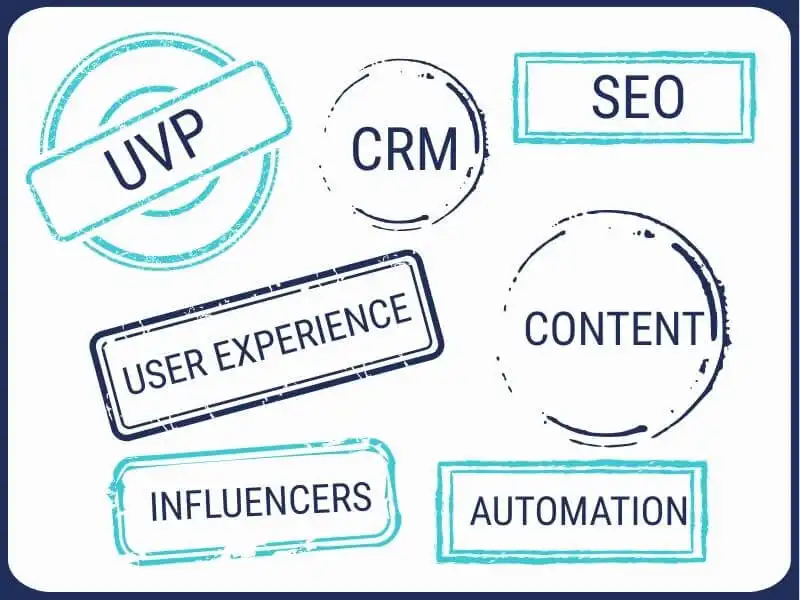
What you can do right now
1. Define your UVP (Unique Value Proposition)
Why should a guest choose you and not the competition? If your answer is “we have excellent boats in yacht charter” - that is not enough. Clearly highlight the value: are you a family business that offers a personalized approach? Do you have skippers with local knowledge that guests cannot find elsewhere? Or do you offer an especially safe and fast booking process? All of this must be summarized into a message that is repeated on your website, social media, and campaigns. Without a clear UVP, you remain just another number in a sea of offers.
2. SEO and content marketing
A blog is not just decoration on a website, but a tool that works 24 hours a day. Write about destinations, routes, tips for beginner skippers, or restaurant recommendations in bays. These are topics that Google rewards and your potential guests search for. A well-written article can bring you visitors months after publication, unlike ads that stop working the moment you stop paying.
3. CRM and e-mail marketing
Your contact base is pure gold that often remains unused. Instead of sending mass e-mails (newsletters) with the discounts you offer, segment the contacts. Divide them for example in this way: those who have already sailed with you, those who asked for a price, and those who stopped communicating. To each group you can send a personalized message, from a discount on a repeat rental to tips for planning the next season, or a small reminder to recommend you to friends. Such communication brings much greater returns than advertising to a completely cold audience.
4. Micro-influencers
Collaboration with micro-influencers can be far more effective than expensive partnerships with celebrities. Look for people from your region or niche travel bloggers, skippers with followers, or photographers who love the sea. Their audience is smaller but much more relevant and engaged. Offer them collaboration at the level of a weekend sailing trip or a discount, and the result will be authentic content that guests trust more than your ads.
5. User experience and automation
From the moment a guest sends an inquiry until the moment they step on board, the experience must be simple. Automated e-mail responses and clear offers in PDF do not mean that you are “cold,” but that you respect the guest’s time. If it takes you 24 hours or more to respond to inquiries, in that period the competition is already sending a signed contract. The speed and clarity of the process are just as important as the boat you are offering.
Double audience: investors and guests
In yacht charter you mostly work with two audiences. Investors - boat owners who expect seriousness: ROI, transparent fleet management, business plans. On the other hand, guests want emotion and a story: an Instagram reel showing the sunset from the deck, a blog describing a hidden islet, a review confirming authenticity.
The mistake is to offer the same content to everyone. An investor on LinkedIn will not care about your video with a cocktail on the bow, just as a guest on Instagram will not be interested in a table showing return on investment. Parallel strategies are not a luxury, but a necessity.
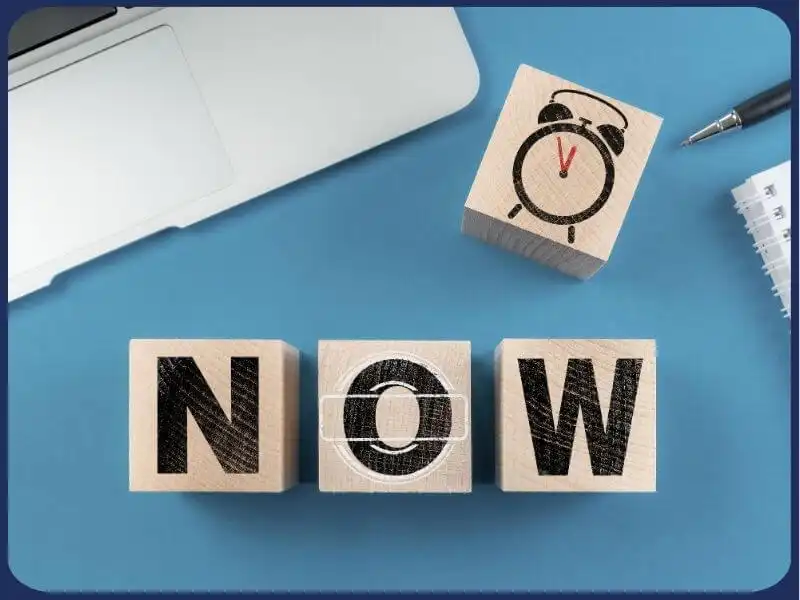
The time for action is now
Marketing in yacht charter is not an “addition” to the business, it is the business. Whoever does not realize this is already losing market share. Analysis, planning, fairs, digital campaigns, and differentiated communication are the foundations on which the next season is built.
If you do not know where to start, turn to someone who does.
Our team at čarter.hr has been working for years with companies that want to grow, not wait. If you need support in analysis, strategy preparation, or campaign execution - we are here.
Because your next season will not be better by chance. It will be better because you planned it.
Categories of trends
- News
- Sale
- Marketing
- SEO
- Web design
- Social media
- Technology
- Regulations
- Management
- Education
- Finances
- User experience
Newsletter
Sign up for the newsletter and receive the latest trends and tips straight to your inbox


